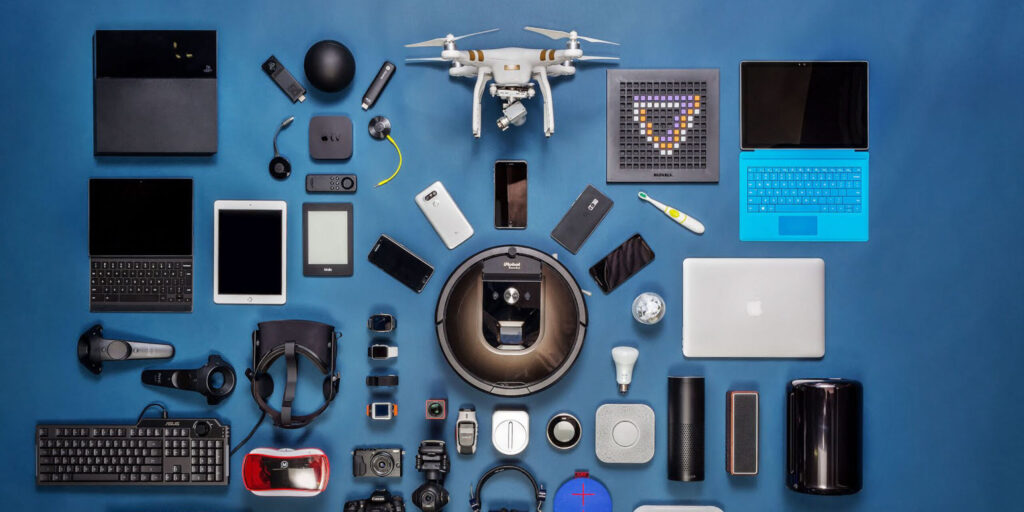
The electronics industry is a constantly evolving landscape, driven by innovation, technological advancements, and changing consumer preferences. In this article, we delve into the latest trends shaping the world of electronics, from cutting-edge technologies to innovative designs that are revolutionizing the way we interact with gadgets.
One of the most significant trends in the electronics industry is the rapid advancement of artificial intelligence (AI) and machine learning (ML) technologies. AI-powered devices are becoming increasingly prevalent in consumer electronics, enabling features such as voice recognition, natural language processing, and personalized recommendations. From smart speakers and virtual assistants to autonomous vehicles and intelligent home appliances, AI is reshaping the way we interact with technology.
Another key trend is the proliferation of Internet of Things (IoT) devices. IoT refers to the network of interconnected devices that collect and exchange data, enabling seamless communication and automation. With the rise of IoT, everyday objects are becoming smarter and more interconnected, leading to the development of smart homes, wearable devices, and connected healthcare solutions. As IoT technology continues to mature, we can expect to see even greater integration of smart devices into various aspects of our lives.
In addition to AI and IoT, the electronics industry is also seeing significant advancements in display technology. High-resolution displays, OLED panels, and flexible screens are becoming increasingly common in smartphones, tablets, and televisions, offering enhanced visual experiences to consumers. Moreover, advancements in augmented reality (AR) and virtual reality (VR) are driving demand for immersive display technologies, creating new opportunities for gaming, entertainment, and education.
Furthermore, sustainability is emerging as a major concern in the electronics industry. As consumers become more environmentally conscious, there is growing demand for eco-friendly products and sustainable manufacturing practices. Electronics manufacturers are responding to this trend by developing energy-efficient devices, using recycled materials, and implementing responsible supply chain practices. From recyclable packaging to energy-efficient components, sustainability is becoming a key differentiator in the competitive electronics market.
In terms of design, minimalist aesthetics and compact form factors are gaining popularity among consumers. Sleek, slimline devices with bezel-less displays and seamless designs are in high demand, reflecting a shift towards minimalist lifestyles and clutter-free living spaces. Moreover, modular design concepts are gaining traction, allowing users to customize and upgrade their devices according to their specific needs and preferences.
Lastly, the rise of e-commerce and direct-to-consumer sales channels is reshaping the way electronics are bought and sold. Online marketplaces and digital storefronts offer consumers greater convenience, choice, and accessibility when purchasing electronics, bypassing traditional retail channels. This shift towards digital commerce is driving competition among electronics manufacturers to deliver seamless online shopping experiences and personalized customer service.
In conclusion, the electronics industry is experiencing rapid transformation driven by advancements in AI, IoT, display technology, sustainability, design, and e-commerce. As technology continues to evolve, consumers can expect to see even more innovative gadgets and advancements that will shape the future of consumer electronics. Stay updated with the latest trends to make informed decisions and stay ahead in the ever-evolving world of electronics.

